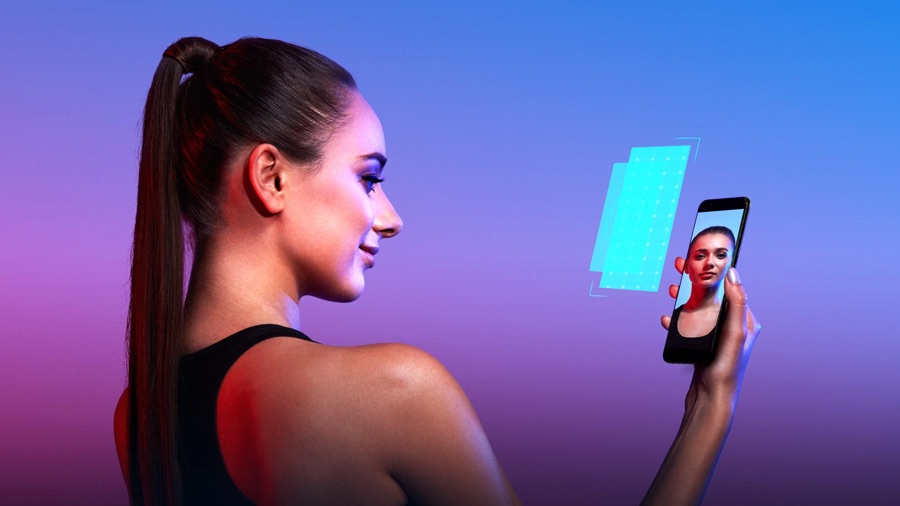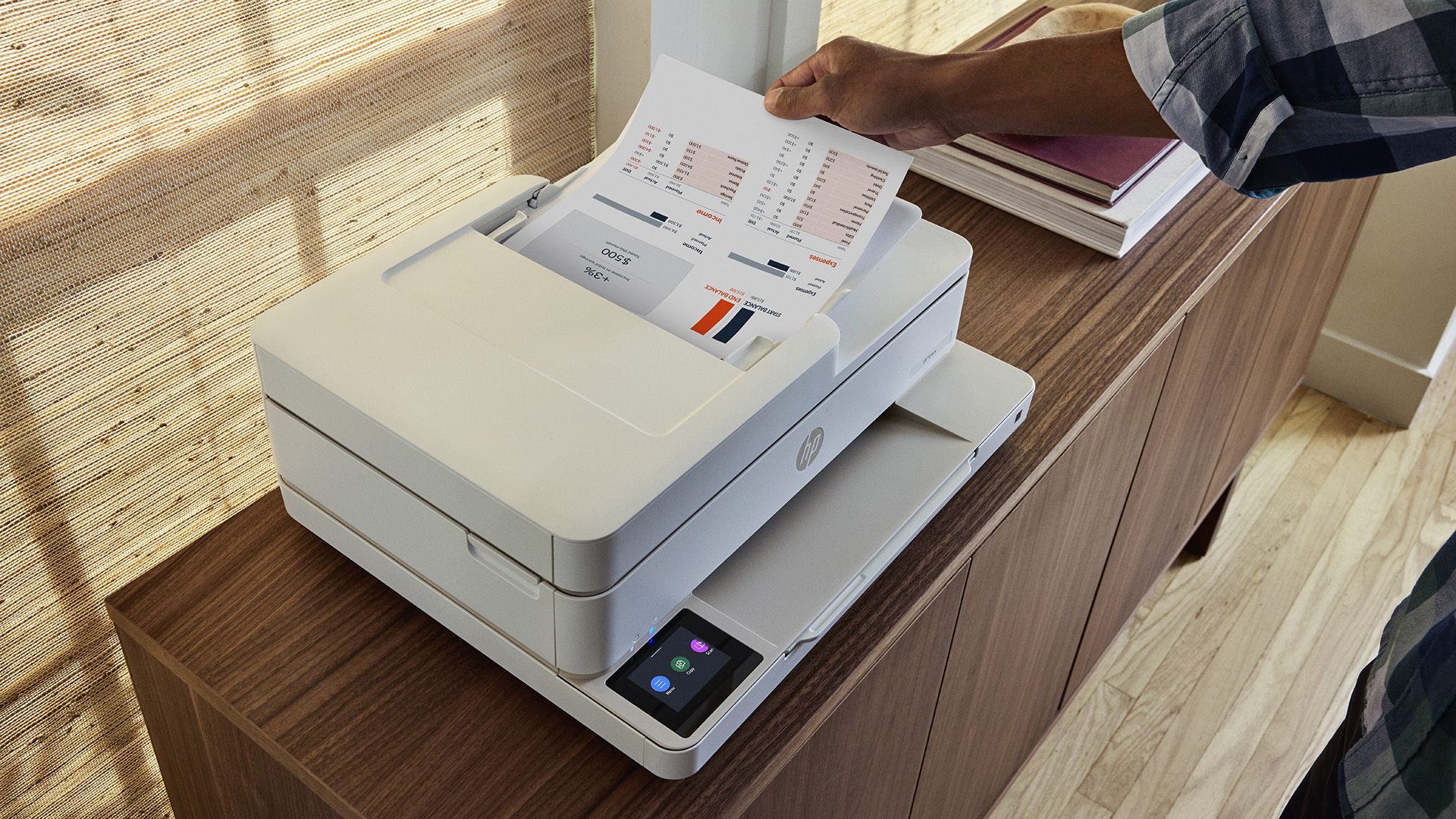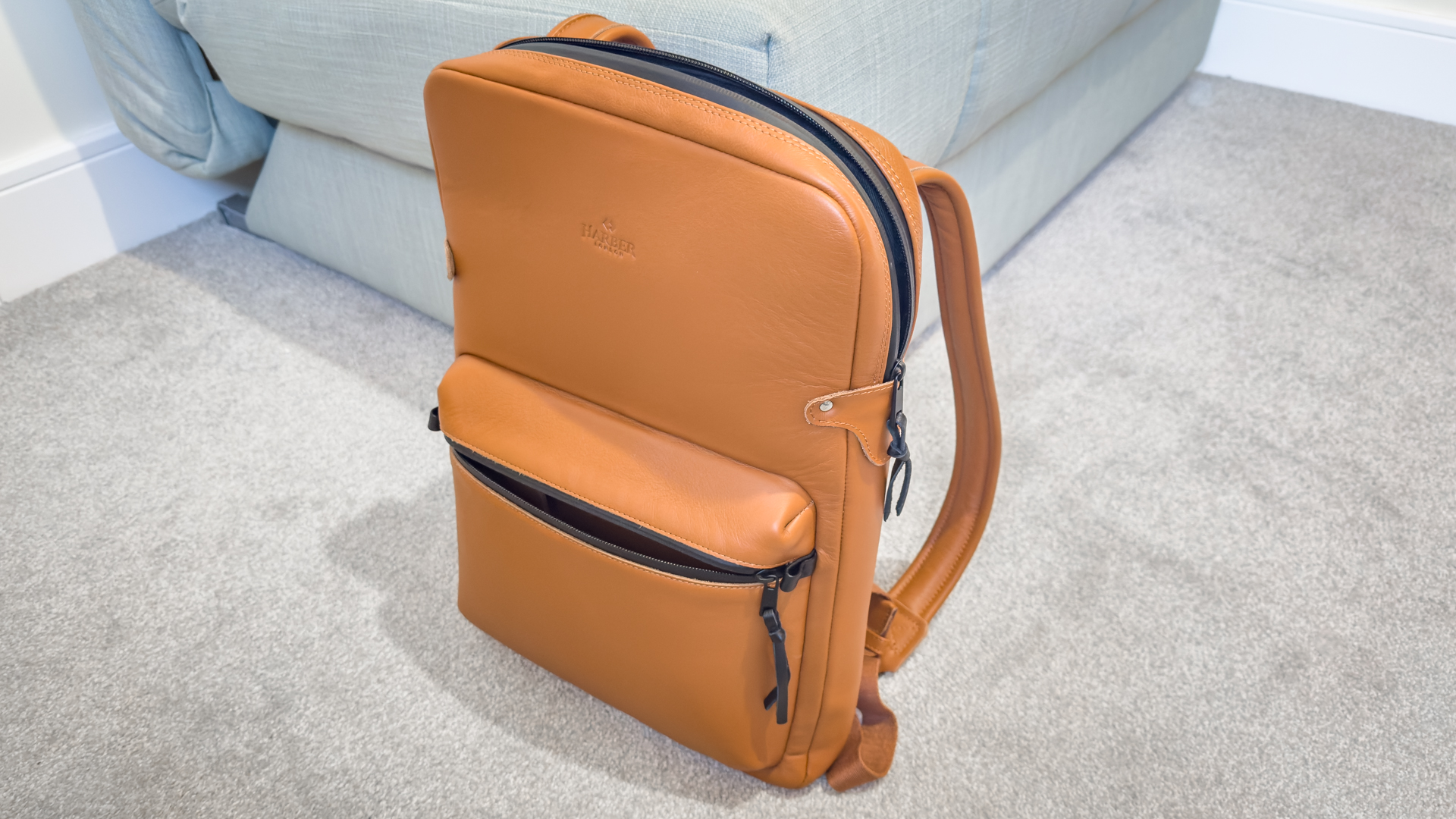
This is a sponsored article, in association with Honor.
You don’t need to play Destiny to benefit from the power of light: Honor is using it to transform the way we communicate, play and even shop. Intelligent phones such as the Honor View 10 use something called structured light to make the previously impossible possible.
This goes way beyond face unlock. Structured light can be used to protect your privacy or to ensure that every selfie is you on a good day. It can be used to replace the background in photos or video or control your avatar in Augmented Reality, to deliver instant authentication for work or shopping, to identify the perfect settings for the thing you’re about to photograph or to manipulate virtual objects in 3D space.
It’s incredibly clever. So, er, what is it?
Everything you ever wanted to know about structured light
Structured light is a technique for creating a digital 3D model of something, and it’s used for everything from 3D modelling to forensic fingerprint analysis.
Structured light uses a projector to project a pattern onto an object or person and then has a sensor or sensors to see what happens to that pattern.
That light needn’t be visible light: sometimes light that people can’t see such as infra-red light is better, such as when you’re modelling a face for 3D emoji, to remove the background or try completely different studio lighting in a selfie or to deliver real-time cosplay in augmented reality. It’s possible to use structured light in complete darkness without visibly illuminating anything.
So how does it work?
If you project a 2D pattern onto something that has a three-dimensional shape, that pattern will deform — so for example if you project a grid onto something lumpy, your grid gets lumpy too. You, or rather your rather clever processor, can then analyse the lumps and bumps to work out exactly what shape the thing you’re scanning has in three dimensions.
You’re effectively creating a wireframe model of something, and the more points on your model the more accurate that model becomes.

The Honor View 10 uses structured light to do amazing things
Do it like a duck
It sounds simple, doesn’t it? But it’s rather like a duck swimming: what seems simple, effortless and graceful on the surface has got little legs pumping away under the surface. If you want to create a reliable, useful, secure 3D model of something complicated like a human face and update it in real time — and Honor does — then you need to track tens of thousands of different points: 300,000 of them.
Honor also uses techniques known as fringe projection and time-of-flight analysis, which identifies how long it takes light to bounce off surrounding objects, to create a 3D model of the environment too.
That’s a lot of sums, which is why Honor has added a dedicated Neural Network Processing Unit (NPU) to its Kirin 970 chipset: the Kirin 970 is already an incredibly quick chipset, but having dedicated hardware to take care of tasks such as facial modelling and recognition makes something very complex happen very quickly.
That’s crucial: trying to do such a complex task with software alone is going to be a challenge for even the fastest phone. It’s the same principle as having separate CPUs and GPUs: rather than have the CPU try and do everything, it’s more efficient to have a separate processor doing the stuff the CPU’s not so good at.
Despite having to measure many, many more points of data, 3D facial recognition using Honor’s NPU is already incredibly quick, unlocking in just 0.4 seconds.
That’s important because you don’t want any lag between the movements you make and the ones that appear on-screen, or to wait for your phone to okay your latest shopping spree: facial recognition is incredibly useful but it has to work incredibly quickly.
Light up your life
Structured light scanning isn’t limited to faces. The same 3D modelling that makes 3D animoji so amusing can also scan the room you’re in for Augmented Reality apps, enabling you to see if that rug really will pull the room together or to play real-time AR games on it.
It can be used to scan objects for 3D printing, which is pretty mind-blowing and potentially world-changing. And it can be used to manipulate AR or VR objects in 3D space, which has implications not just for home entertainment but for product design too.
We’re on the brink of a whole new era where phones aren’t just smart, they’re truly intelligent — and structured light is a huge part of making that happen. The potential is incredible.
Want to know more about structured light and the future of phones? Check out Honor’s website.
#Honor #ForTheBrave
AI Week is brought to you in association with Honor.
Get all the latest news, reviews, deals and buying guides on gorgeous tech, home and active products from the T3 experts

For 25 years T3 has been the place to go when you need a gadget. From the incredibly useful, to the flat out beautiful T3 has covered it all. We're here to make your life better by bringing you the latest news, reviewing the products you want to buy and hunting for the best deals. You can follow us on Twitter, Facebook and Instagram. We also have a monthly magazine which you can buy in newsagents or subscribe to online – print and digital versions available.
-
 Think your room is too small for a big TV? Think again!
Think your room is too small for a big TV? Think again!Now’s the time to supersize your set with a premium QD-Mini LED TV upgrade
-
 Want to level up your gaming? These are the best consoles and games for every type of player
Want to level up your gaming? These are the best consoles and games for every type of playerChoose your next gaming adventure with this handy guide
-
 UGREEN x Genshin Impact: power up your gaming journey
UGREEN x Genshin Impact: power up your gaming journeyAnd grab the chance to win a limited edition UGREEN x Genshin Impact Kinich Collectible Gift Box
-
 5 Surprising Ways a Home Printer Can Save Your Sanity (and Your Family’s!)
5 Surprising Ways a Home Printer Can Save Your Sanity (and Your Family’s!)Modern life is hectic, but a home printer can help. Discover how HP’s eco-friendly, intuitive machines can simplify your household
-
 The Gamer’s Survival Guide: Dominate every challenge with the MSI Stealth A16 AI+, powered by the AMD Ryzen™ AI 300 Series Processor
The Gamer’s Survival Guide: Dominate every challenge with the MSI Stealth A16 AI+, powered by the AMD Ryzen™ AI 300 Series ProcessorMaster your gaming and creative battles with the MSI Stealth A16 AI+, featuring the AMD Ryzen™ AI 300 Series Processor, a portable powerhouse packed with cutting-edge AI technology, sleek design, and unstoppable performance
-
 Why the HUAWEI WATCH GT 5 will steal the show under your tree this Holiday Season
Why the HUAWEI WATCH GT 5 will steal the show under your tree this Holiday SeasonUnder the tree or on the wrist, the HUAWEI WATCH GT 5 shines this Christmas
-
 Unwrap the Joy of the Holidays with the UGREEN Uno Series
Unwrap the Joy of the Holidays with the UGREEN Uno SeriesFrom family movie marathons to holiday road trips, the UGREEN Uno Series brings festive cheer and seamless tech solutions to power your most magical moments this Christmas.
-
 Tech the Halls: Holiday Shopping Made Easy with These Picks from Huawei
Tech the Halls: Holiday Shopping Made Easy with These Picks from HuaweiGive the gift of innovation this Christmas with Huawei


